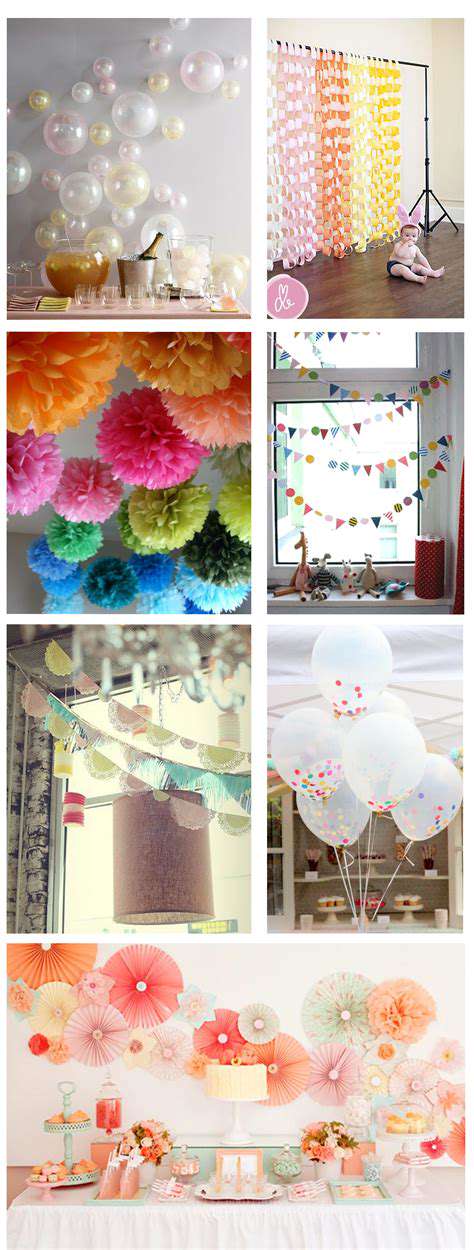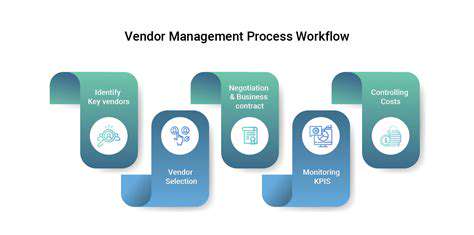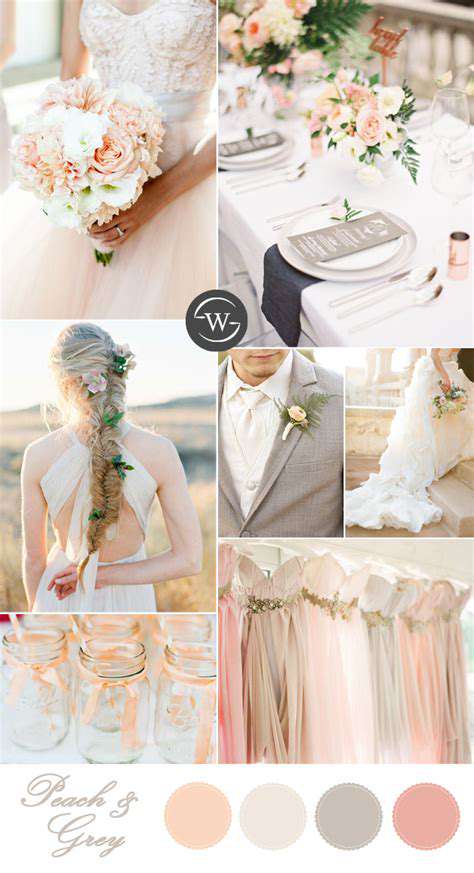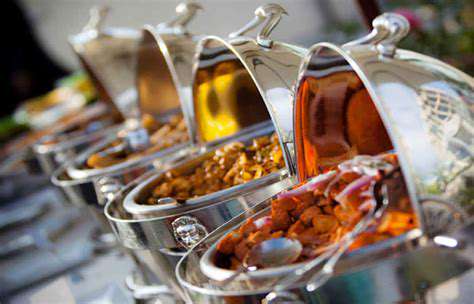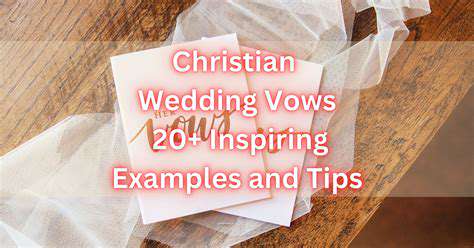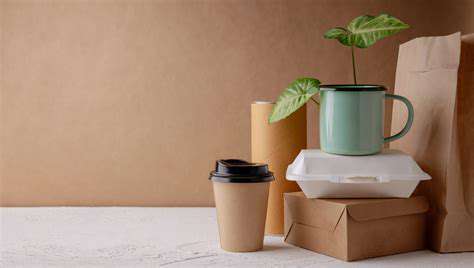Expert Guide to Wedding Decor and Design
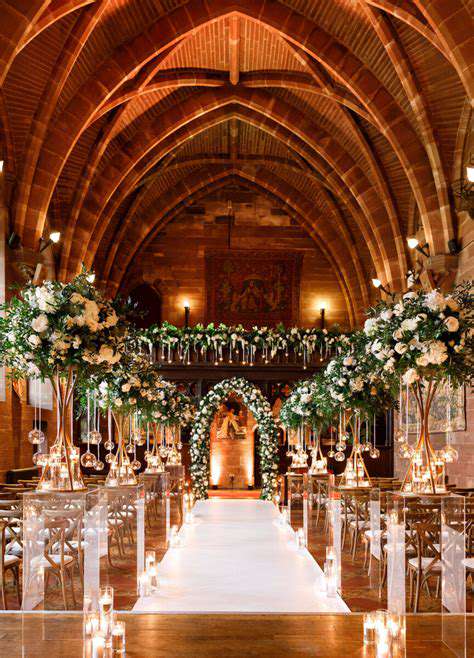
Defining Your Vision
Your wedding style isn't just about picking pretty decorations—it's the heartbeat of your entire celebration. Think of it as a canvas where you paint the story of your relationship through colors, textures, and personal touches. When you pour your shared memories and inside jokes into the design, you create an event that feels unmistakably you. The magic happens when every detail—from the napkin folds to the song choices—whispers your love story.
Grab a bottle of wine and make an evening of it with your partner. Flip through old photos together, remembering what made you laugh on your first date or that sunset you watched on vacation. These organic conversations often spark the most authentic ideas—far better than any Pinterest board. Maybe you'll realize you both adore the cozy vibe of your favorite bookstore, or that concert where you first held hands becomes your color inspiration.
Exploring Different Themes
Now that you've tapped into your emotional core, let's give those feelings physical form. Imagine walking into your venue—does the air smell like garden roses or salty ocean breeze? Are your guests sipping cocktails under string lights or crystal chandeliers? Theme isn't about strict rules—it's about creating immersive experiences. A rustic wedding could mean anything from a barn dance with cowboy boots to a lakeside picnic with handmade quilts.
Consider how different spaces make you feel. That little French bistro where you got engaged? Its intimate banquettes and flickering candles could inspire your seating arrangement. Your Saturday morning ritual of making pancakes together? That could translate to a brunch reception with maple syrup favors. The best themes aren't borrowed—they're lived.
Choosing Your Aesthetic
Here's where your story gets its visual vocabulary. Say you've chosen vintage romance—will that mean delicate china patterns or bold art deco geometry? Pro tip: Visit a fabric store and drape swatches over your arm—you'll quickly see which textures make your heart race. Notice how velvet feels luxurious while linen seems effortless? Those visceral reactions are your best guide.
Don't be afraid to break rules. Who says you can't pair Grandma's silver candlesticks with modern acrylic chairs? The most memorable weddings often mix unexpected elements—like serving gourmet donuts on your great-aunt's china. When guests say This is so you! you'll know you've nailed it.
Mastering the Art of Color Coordination: Creating Visual Harmony
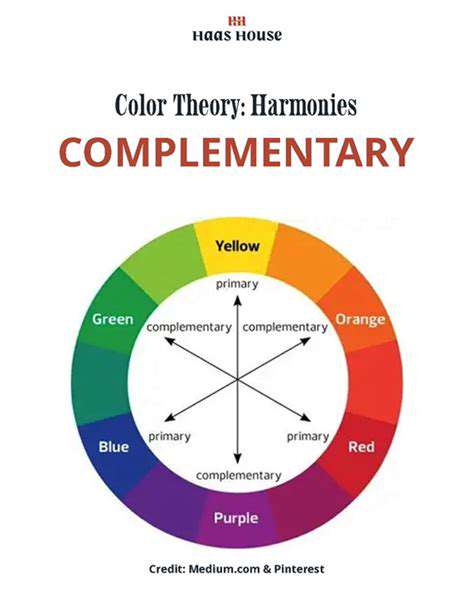
Understanding the Fundamentals of Color Theory
Colors speak louder than words—they can make guests feel cozy or energized before they even read your program. Think of your color palette as emotional shorthand. That deep burgundy in your bouquet? It echoes the wine stain on your shirt from your first date. The soft sage green? That's the exact shade of the park bench where you said I love you. When colors carry personal meaning, they create subconscious connections for your guests.
Try this exercise: Look at your closet. Notice which colors you instinctively reach for—those are your comfort zone. Now open your partner's closet. The magic happens where your color instincts overlap—maybe you both own three versions of navy blue, or he always teases you about your millennial pink phase. Those intersections reveal your shared color language.
Selecting Colors for Different Design Purposes
Consider your venue's natural colors as co-stars in your palette. A beachfront location already brings sand tones and ocean blues—will you complement those or create contrast with vibrant corals? In a historic ballroom with gold leaf ceilings, maybe you'll let that grandeur shine through with transparent elements. The smartest designs don't fight their surroundings—they converse with them.
Applying Color Coordination in Various Media
Color consistency builds recognition. Carry your palette from paper (invitations) to fabric (table linens) to light (gobo projections on the dance floor). When guests move through spaces that share a color DNA, they feel the intentionality—like chapters in a well-designed book. Even your late-night snack can get in on the action—match those macaron flavors to your floral colors for a delicious surprise.
Remember lighting transforms colors. Those blush peonies that look soft at 4pm will glow neon under purple uplighting. Always view fabric swatches and flowers in lighting similar to your venue—you might discover your neutral beige reads bright orange under candlelight.
Advanced Techniques and Creative Applications
Play with color density. Instead of equal parts navy and gold, try 70% navy, 25% gold, and 5% surprise accent (like his grandmother's emerald brooch pinned to your bouquet). This recipe approach prevents your palette from feeling like a sports team uniform. Vary textures too—matte, glossy, metallic—so colors shimmer at different frequencies.
Consider color movement. A ceremony backdrop might graduate from pale dawn pinks to deep sunset oranges, subtly marking time's passage. Or arrange centerpieces where colors intensify toward the sweetheart table, visually drawing focus to you two. Strategic color flow can guide emotions without a single word.
Elevating Your Venue with Stunning Floral Arrangements
Creating a First Impression with Entrance Displays
Your entrance floral display is the opening sentence of your wedding story. Instead of predictable arches, consider suspended hoops with trailing jasmine that catch the wind, or a flower curtain guests walk through that releases scent when parted. Engage multiple senses—guests will remember how your flowers made them feel before they recall exact colors. For winter weddings, intertwine flowers with bare branches and tiny lights for magical contrast.
Personalize with unexpected containers—an antique birdcage from your childhood home, his grandfather's fishing creel overflowing with wildflowers. These storytelling details spark conversations before the champagne even pours. Just ensure structures are sturdy—nobody wants a floral avalanche on Grandma.
Enhancing the Ceremony Space with Floral Accents
Think beyond symmetry. Maybe one side of the aisle features towering delphiniums while the other has low clusters of ranunculus—like visual call-and-response. Asymmetrical designs feel fresh and organic, like your love didn't follow a rulebook either. For outdoor ceremonies, use flowers that naturally grow at your location's season—it creates harmony between nature and decor.
Incorporate something living beyond cut flowers—potted herbs guests can take home, or flowering branches that will later grow in your garden. These living elements make your wedding feel like the beginning of a story rather than a single event.
Transforming Tablescapes with Exquisite Centerpieces
Ditch the standard centerpiece formula. Try long runners of foraged moss with hidden LED lights that make it glow like fairyland. Or cluster vintage bottles at different heights, each holding a single spectacular bloom—like a flower gallery. Low arrangements encourage conversation (no shouting over peonies), while tall pieces create drama in spacious venues.
Edible flowers floating in water glasses do double duty—decoration and conversation starter when guests wonder Can I eat this? (Pro tip: Label the edible ones!) Multifunctional elements always impress.
Elevating the Reception Space with Grand Floral Displays
For wow-factor installations, think beyond flowers alone. Combine paper artistry (like folded origami cranes) with fresh blooms, or suspend dried flower wreaths at varying heights over the dance floor. Mixed-media installations feel contemporary and often cost less than all-fresh designs. Plus, you can take home components as keepsakes.
Lighting is flowers' best friend. Uplighting can make white flowers blush pink or turn greens neon. A skilled lighting designer can make $500 of flowers look like $5000 with strategic illumination. Always do a lighting walkthrough with your florist present.
Adding a Touch of Elegance to the Cocktail Hour
Cocktail florals should intrigue without overwhelming. Try flower ice cubes with tiny blooms frozen inside (non-toxic varieties only!), or garnish signature drinks with edible petals. These subtle touches make guests feel pampered from their first sip. For seating areas, scented herbs like lavender or mint in small pots release fragrance when brushed against.
Highlighting Special Areas with Unique Floral Installations
Photo backdrops deserve special attention. Instead of flat walls, create 3D flower caves guests can step into, or hang single stems at different lengths for a rain effect. Interactive elements (like a flower wall where guests can add blooms throughout the night) become living guestbooks. For the cake table, continue the floral story with sugar flowers that mirror your bouquet.
Don't forget practical beauty—a floral charging station disguises ugly power strips, while a flower-framed mirror in the bathroom makes quick touch-ups feel luxurious. Thoughtful details in unexpected places delight guests most.
Read more about Expert Guide to Wedding Decor and Design
Hot Recommendations
- Step by Step Guide to Creating a Memorable Wedding Experience
- Expert Advice on Planning a Wedding with Family Traditions
- How to Organize a Destination Wedding That Reflects Your Style
- How to Choose the Perfect Wedding Venue for Your Style
- Expert Tips for Choosing Wedding Decor That Elevates Your Event
- How to Plan a Timeless Wedding with Modern Flair
- How to Create a Detailed Wedding Plan That Covers Every Detail
- How to Choose the Right Wedding Music for Every Moment
- Step by Step Guide to Crafting Personalized Wedding Themes
- How to Plan a Sustainable Wedding with Eco Friendly Ideas

